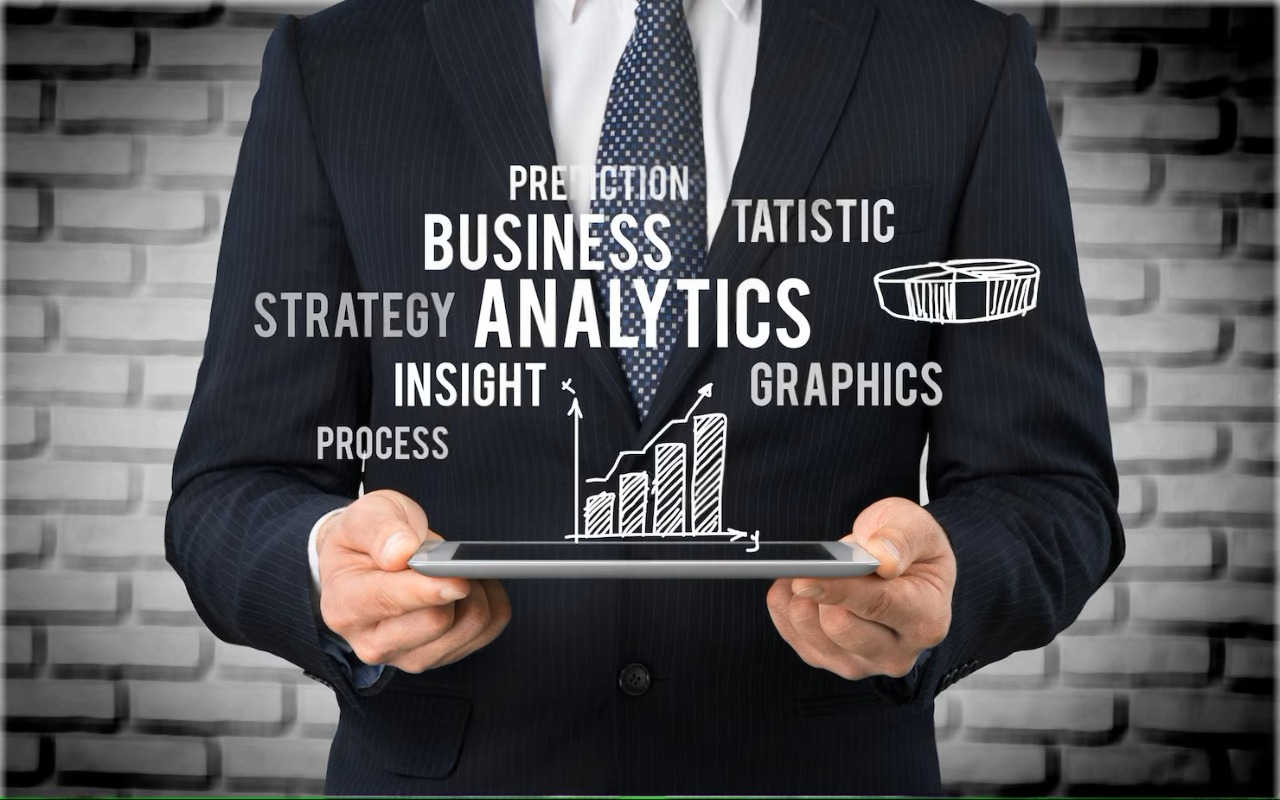
Understanding Different Types of Analytics
There are different types of analytics, and each type plays a distinct yet crucial role in decision-making and business growth. They all come with their unique capabilities and characteristics. Let’s explore all four analytics types here.
Descriptive Analytics
- Imagine a detailed report of your past sales, customer behaviors, and market trends. That's descriptive analytics–the foundation of data-driven decision-making.
- It answers basic questions like "What happened?" and "How much?".
- It's like looking through a rearview mirror, providing valuable context for understanding your performance.
Predictive Analytics
- But looking back isn't enough. We want to know what's ahead. This is where predictive analytics shines.
- Analyzing historical data and identifying patterns builds models to forecast future outcomes. Imagine anticipating customer needs, sales figures, or even potential risks! Predictive analytics equips you with the knowledge to prepare for what's coming and stay ahead of the curve.
Prescriptive Analytics
- Predicting the future is great, but wouldn't know what to do about it be even better?
- That's where prescriptive analytics comes in. Imagine an intelligent advisor analyzing your data to recommend the best action based on potential outcomes.
It takes the guesswork out of decision-making, suggesting strategies to optimize your operations, maximize revenue, and minimize risks.
Diagnostic Analytics
Descriptive analytics tells you what happened, predictive analytics tells you what might happen, but diagnostic analytics tells you why things happened the way they did.
It delves deeper than trends and correlations, uncovering the root causes of successes and failures.

